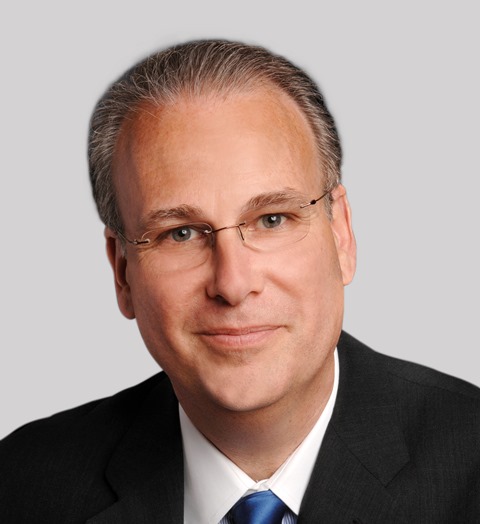For those of us in non-acute, community-based health care organizations and specifically, the senior congregate living and home care industries, it should come as no surprise that we are in the midst of a revolution in how we will support the unprecedented aging of our communities. Technology advances, changing consumer expectations, rationing of financial resources for healthcare delivery, and rapidly changing demographics have all combined to drive us to change and improve the way we approach the care and support of older adults. Today’s imperative is to substantially strengthen #innovation beyond the acute care hospital setting to optimize wellness and to identify novel approaches to chronic disease management that reduce the need for avoidable, episodic high intensity care.
Following our acute care colleagues that have led the way, the community-based senior care sector is beginning to embrace the potential we collectively possess to adapt and to lead the changes we know are required across health delivery systems. What has traditionally been a comparatively conservative risk-averse group is now, for the first time, driving the innovations that are transforming the very way we care for seniors in our communities.
In the past, we relied heavily on academia and industry to develop innovations that could be imported into the seniors’ health care space. The problem is, many of the solutions they developed were not tested and validated in real-world settings where seniors actually live and access care, or they failed to meet the priority needs of their intended audience. Too often, innovation in this sector has been pushed into the hands of end users, when in reality, what was needed was more pulling of ideas.
The Canadian Centre for Aging and Brain Health Innovation (CC-ABHI) at Baycrest Health Sciences is an example of how our community-based sector is working to transform seniors’ health care. Announced last May – with $123.5 million in support from the Government of Canada, the Government of Ontario, and 40 health care, academic and industry partners – CC-ABHI’s mandate is to accelerate the development and adoption of innovations that can improve the experience of aging for millions of seniors, here in Canada and around the world.
Though still in its infancy, CC-ABHI will serve as a “test kitchen” of ideas to find ways to help seniors live safely in the setting of their choice for as long as possible—potentially even delaying or avoiding the need for hospitalization or a move to long-term care. CC-ABHI’s North American wide community-based health and senior care provider organizations will collaboratively function as ideal development and testing labs for products, services and practices that will enhance the physical, cognitive and mental well-being of older adults. Through CC-ABHI, front-line health providers may have access to funding, research, emerging technologies, project management and marketing support that could turn brilliant front-line ideas into real-world solutions—solutions that have been clinically and scientifically tested and validated to ensure they deliver on their promise.
MORE: DIGITAL HEALTH FOR CONSUMERS THE NEXT MAJOR STEP
And the business reality is that health care organizations are reluctant to procure products or services that lack real-world evidence of cost-effectiveness. CC-ABHI will build that evidence, and help member organizations become early adopters of the most successful ideas in the innovation pipeline, creating continent-wide distribution channels that can reach an even greater critical mass of seniors.
The unprecedented investment by the provincial and federal governments demonstrates the thirst for—and the value of—innovations in the health and aging space. Now, for the first time, the community-based senior care industry is being embraced, not just as an end user of solutions, but as an originator and developer of the next generation of health products, services and practices for an aging population.


